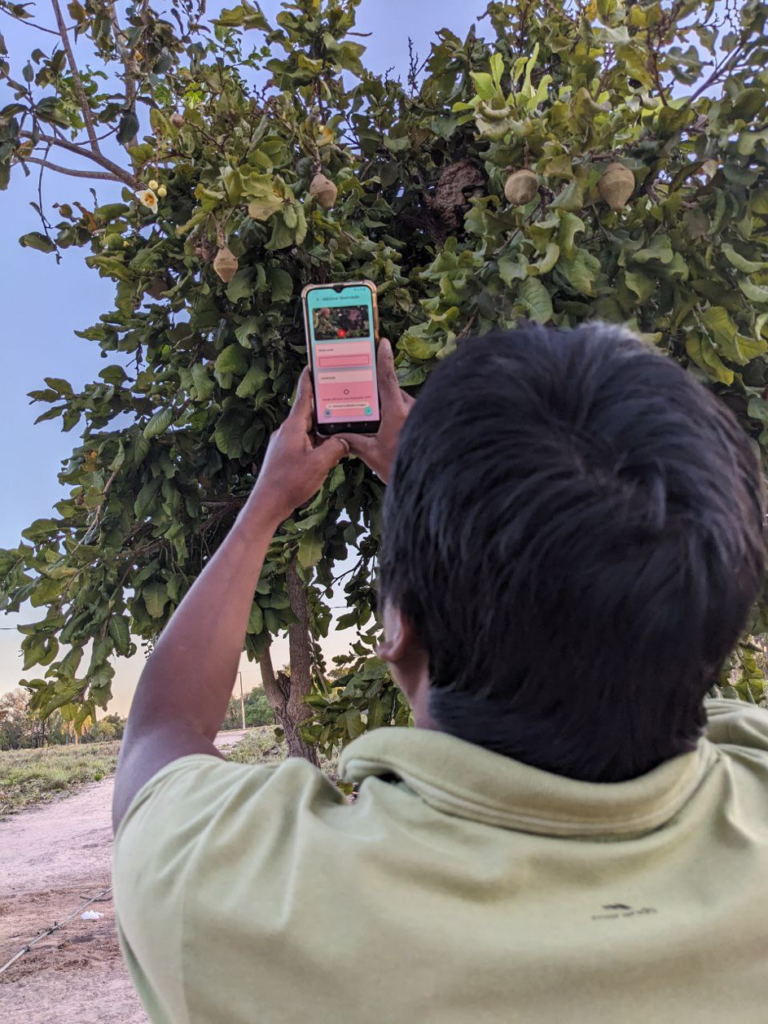We are thrilled to announce the release of the app developed in collaboration between Meli and the amazing team at P2Panda! Before we dive into the exciting features of the Meli app, let’s take a moment to understand a bit more about P2Panda and why its approach is so crucial for us.
Author: Luandro
Leia em português
What is P2Panda?
P2Panda is an innovative, open-source, peer-to-peer protocol crafted by our friends from the global peer-to-peer community, Sam and Andreas. Inspired by earlier protocols such as Secure Scuttlebutt, P2Panda allows for decentralized communication, eliminating the need for a central server. This is radically different from the centralized model behind most apps like WhatsApp, Instagram, and TikTok, where a central entity controls and stores all data.
Why Decentralization?
Decentralization is pivotal because it offers data sovereignty to its users. Unlike traditional apps where data is often exploited by corporations for their gains, a peer-to-peer model empowers communities to retain control over their data. For many communities that are part of Meli Bees, especially those fighting for sovereignty over their land, the concept of sovereignty is well understood, and data is equally significant, as together we’re building our digital territory. Given Meta’s track record, should we allow our territory to be controlled by a company whose values sharply contrast with those of our communities?
Moreover, the Meli app is designed to be offline-first, which means that it enables the exchange of data even without an internet connection. This feature is incredibly valuable for communities with limited or unreliable internet access, or when a group is in the field, ensuring that critical information is always within reach.
How Does It Work?
In a traditional model, large servers store and manage your data. With p2panda, each member’s device acts as part of the network. This means that if one device fails, the data still exists on other devices within the network, ensuring resilience and continuity. This decentralized model not only safeguards our valuable bee-related data but also builds stronger social bonds within our community, mirroring the collaborative spirit of the Meli Bees network.
Think of the Meli app as a specialized version of our WhatsApp groups, but created by us, for us, to serve our purpose of gathering around the knowledge of native beekeeping. And because we own and control the data we generate, we can better classify and make better use of it.
Using the app
Using the app is pretty easy and straightforward. Here’s a quick guide:
- Bee observation list:
- Upon opening the app, you are greeted with a list of all bee observations made by everyone in the network (the screenshot is from our test network, so content is a bit messy).
- Main navigation:
There are two main buttons:- New observation: Create a new observation.
- Cataloged bee species: View all the species that have been catalogued.
- Creating a new bee observation:
- Select the photo icon, which will take you to the new observation screen.
- Take a picture of the bee with your phone.
- Input the known local or popular name of the bee.
- Input the current location using the phone’s GPS.
- Add more pictures to facilitate identification.
- Syncing bee observations:
- Observations are synced automatically through the internet or via a local WiFi network, even without internet access.
- Classifying a bee observations:
- Observations marked with a question mark haven’t been classified yet.
- Add additional details like usage (e.g., medicinal honey), where the bee was found, and any relevant notes.
- Anyone in the network can help classify these bees based on submitted photos, location, and other details.
- Species catalogue:
- Select the “hive” icon to go to the species catalogue.
- This screen groups all the observations that have been made by the network into species.
- Selecting a species shows all the details about it, as well as all the observed bees of a given species.
- More details about the species can be added, such as description, usage of the bees, popular names, and common locations where hives can be found.
And that’s it. A very simple but directed application for the usage of the Meli network.
Co-development process

The development of this application and the P2Panda protocol was done thanks to a grant by the NLNet Foundation. From the very onset, we prioritized community involvement in the development of the Meli app. Key members like Jonas Guajajara provided valuable insights and validated our initial design assumptions. Jonas has been actively using the app and shared some valuable feedback:
“I was using the app and took some photos, but it asked for a lot of information, like the scientific names of the bees. For that, we need to research the names, and we need the internet for that. So I was a bit concerned about this and didn’t fill out other options in the app. But I think the app is great.”
This feedback highlights the need for simplifying data input, especially in areas with limited internet connectivity.
We also received substantial feedback from Nacip Mahmud, who works with Iepé, operating within the Tumucumaque Indigenous Territory, a region rich in meliponiculture tradition, as detailed in their published book on indigenous native beekeeping.
Nacip has extensive experience with indigenous beekeeping and has provided constructive suggestions to enhance the Meli app. Here are some of his key points:
- Incorporate a Bee Database: His first suggestion is to integrate the existing extensive database of bee species within the app. This resource would include comprehensive information about various types of meliponiculture.
- Flora Mapping: He also proposed using the app to document local flora that bees visit, complete with photos, aiding in ecological studies and beekeeping practices.
- Workshops for Mapping Species: Conducting workshops to map bee species and build a preliminary database could refine this feature.
- Production Data Tracking: Lastly, an area for tracking honey production, such as recording the quantity of honey harvested, would be incredibly beneficial.
Nacip is excited about the future potential of the app, noting, “It’s a very specific use, but over time it can become a valuable tool, especially as a database, and cross-referencing photos and names will help people classify the bees.”
The Power of Open Source and Community Contributions
A significant strength of the Meli app lies in its open-source nature and the active participation of contributors from the global tech community. The Meli app benefited from the expertise of developers and trainers working with the Mapeo app. These collaborations underscore the importance of open-source development in fostering innovation and creating tools that genuinely serve community needs.
By fostering these open-source relationships, we not only gain valuable technical insights but also align ourselves with a global movement towards decentralized, community-controlled tools. This is in line with our belief in the power of collective knowledge and the critical importance of data sovereignty.
Conclusion
The release of the first version of the Meli app marks an exciting chapter for Meli Bees. In collaboration with P2Panda, we are harnessing the power of decentralization to protect and enhance our community data. Join us in this journey of empowerment and innovation as we continue to develop the Meli app with your invaluable input and support.
To learn more about the Meli project check the repository at: https://github.com/p2panda/meli
And don’t forget to to check the P2Panda website to learn more about the protocol: https://p2panda.org/
Your donation can have a positive impact on the world!
Subscribe to receive our Newsletter!
Find us also at Linkedin, Facebook, Twitter or Instagram
www.meli-bees.org
❤️


One Reply to “Bees App: Offline-First, Decentralized, and Community-Driven”